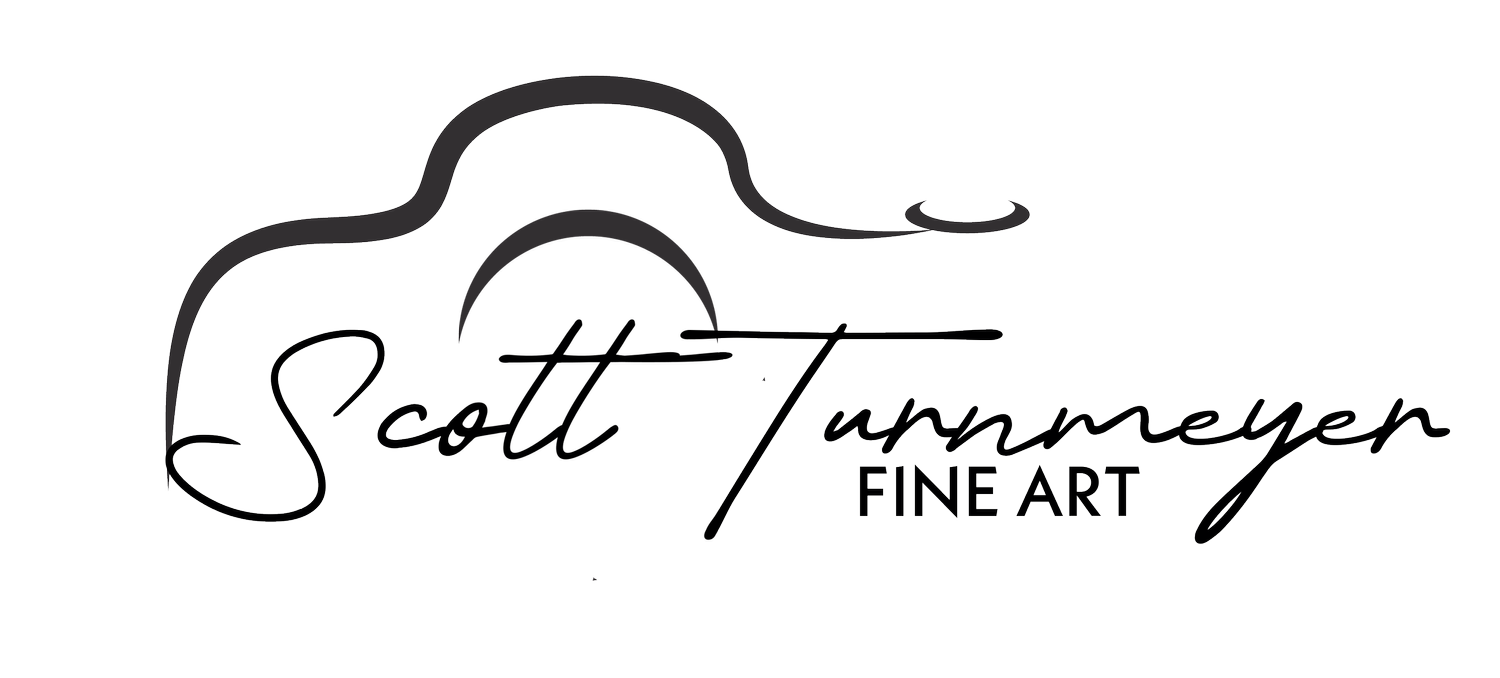Understanding Aperture in Digital Photography
Welcome, fellow photography enthusiasts! Today, we're diving into one of the most crucial aspects of photography: aperture. Whether you're a seasoned professional or a budding hobbyist, understanding aperture is fundamental to mastering your camera and capturing the perfect shot. So, let's explore what aperture is, how it works, and how you can use it to elevate your photography.
What is Aperture?
Aperture refers to the opening in a camera lens through which light passes to enter the camera. It's measured in f-stops (e.g., f/1.8, f/4, f/16), which indicate the size of the aperture opening. Contrary to what you might expect, a smaller f-stop number means a larger aperture, and a larger f-stop number means a smaller aperture. This can be a bit counterintuitive at first, but with practice, it will become second nature.
How Does Aperture Affect Your Photos?
Aperture impacts your photographs in two significant ways: depth of field and exposure.
Depth of Field
Depth of field refers to how much of your photo is in sharp focus. A wide aperture (small f-stop number) results in a shallow depth of field, meaning only a small part of the image is in focus while the rest is blurred. This effect is ideal for portraits where you want to isolate the subject from the background.
Conversely, a narrow aperture (large f-stop number) provides a deep depth of field, keeping more of the scene in sharp focus. This setting is perfect for landscapes where you want every detail from the foreground to the horizon to be crisp and clear.
Exposure
Aperture also controls the amount of light that reaches your camera sensor. A wider aperture allows more light to enter, which is beneficial in low-light conditions. On the other hand, a narrower aperture lets in less light, which is useful in bright environments to prevent overexposure.
Balancing Aperture with Shutter Speed and ISO
Aperture is just one part of the exposure triangle, which also includes shutter speed and ISO. These three elements work together to determine the overall exposure of your image.
Shutter Speed: This is the length of time your camera's sensor is exposed to light. A faster shutter speed can freeze motion, while a slower shutter speed can create a motion blur effect.
ISO: This measures the sensitivity of your camera's sensor to light. A higher ISO allows you to shoot in darker conditions but can introduce noise to your images.
Balancing these three settings is key to achieving the desired exposure and effect in your photos. For instance, if you're shooting in a dimly lit room and need a wider aperture to let in more light, you might also need a slower shutter speed or a higher ISO to achieve the correct exposure.
Practical Tips for Using Aperture
Here are some practical tips to help you make the most of your aperture settings:
Portraits: Use a wide aperture (e.g., f/1.8 - f/2.8) to achieve a beautiful bokeh effect, blurring the background and making your subject stand out.
Landscapes: Use a narrow aperture (e.g., f/8 - f/16) to ensure everything from the foreground to the background is in sharp focus.
Low Light: In low-light situations, use a wider aperture to allow more light into the camera, helping you avoid blur caused by slower shutter speeds.
Creative Effects: Experiment with different aperture settings to see how they affect the depth of field and exposure. This experimentation will give you a better understanding of how aperture impacts your photos.
Conclusion
Aperture is a powerful tool in your photography arsenal. By mastering its use, you can take control of your camera and create stunning images with the desired depth, clarity, and exposure. Remember, practice makes perfect. So, grab your camera, experiment with different aperture settings, and watch your photography skills soar.
Don’t forget to follow me on all of the socials below and tag me in your photos showcasing the Rule of Thirds or when you decided to breakaway. Plus check out own store and e-commerce site at www.turnmeyers.com. We sell my work there plus thousands of other cool and unique products. There’s something for everyone! Happy shooting!
Scott Turnmeyer





